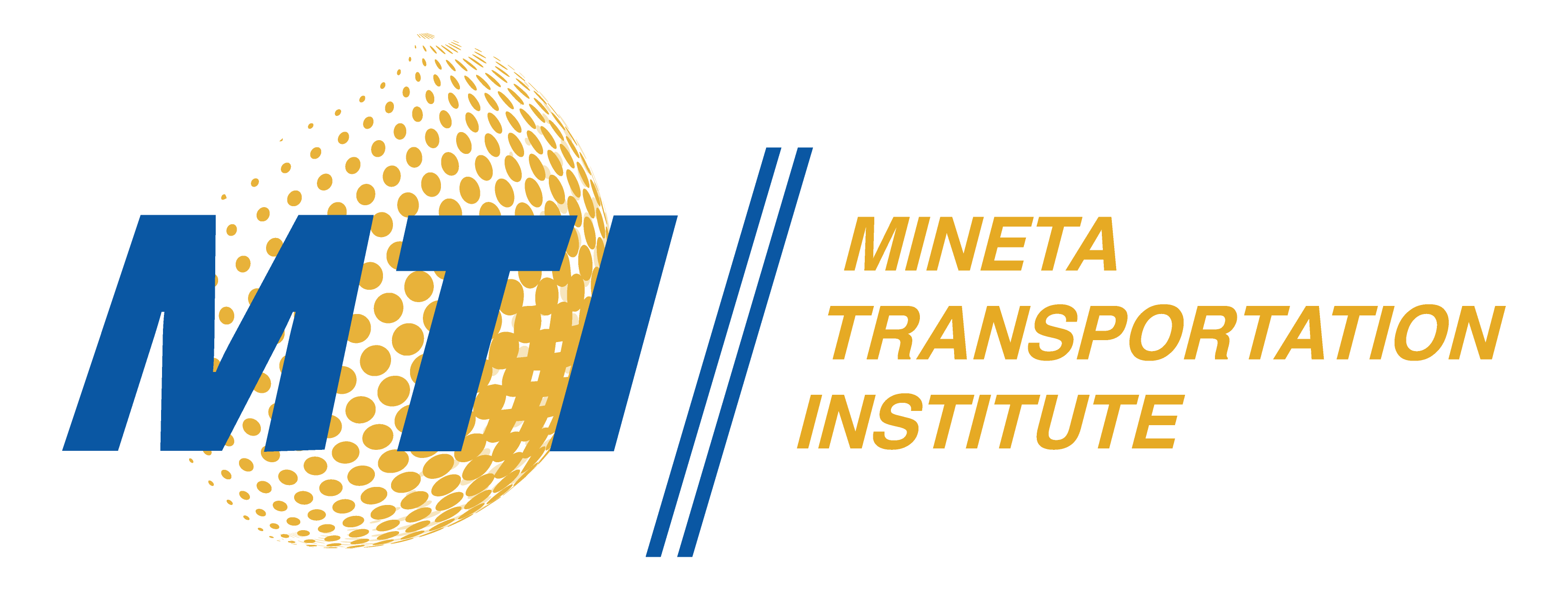Description
Urban rail systems are designed to carry large volumes of people into and out of major activity centers. As a result, the stations at these major activity centers are often crowded with boarding and alighting passengers, resulting in passenger inconvenience, delays, and at times danger. This study examines the planning and analysis of station passenger queuing and flows to offer rail transit station designers and transit system operators guidance on how to best accommodate and manage their rail passengers. The objectives of the study are to: 1) Understand the particular infrastructural, operational, behavioral, and spatial factors that affect and may constrain passenger queuing and flows in different types of rail transit stations; 2) Identify, compare, and evaluate practices for efficient, expedient, and safe passenger flows in different types of station environments and during typical (rush hour) and atypical (evacuations, station maintenance/ refurbishment) situations; and 3) Compile short-, medium-, and long-term recommendations for optimizing passenger flows in different station environments.
Publication Date
5-2015
Publication Type
Report
Topic
Transit and Passenger Rail
MTI Project
1230
Mineta Transportation Institute URL
https://transweb.sjsu.edu/research/Passenger-Flows-Underground-Railway-Stations-and-Platforms
Keywords
Passengers, Pedestrian flow, Subway stations
Disciplines
Transportation
Recommended Citation
Anastasia Loukaitou-Sideris, Brian D. Taylor, and Carole Turley Voulgaris. "Passenger Flows in Underground Railway Stations and Platforms, MTI Report 12-43" Mineta Transportation Institute (2015).
Research Brief

